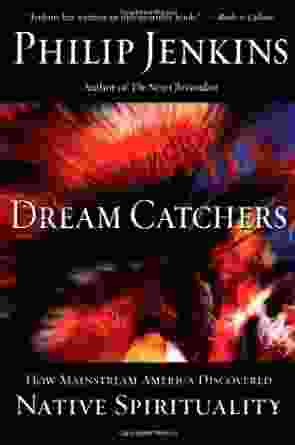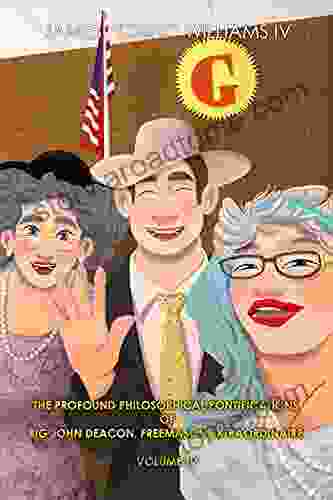Dream Catchers: How Mainstream America Discovered Native Spirituality

From their humble origins as sacred objects in Native American culture, dream catchers have become ubiquitous symbols of spirituality and bohemian chic in mainstream America. Their intricate webs, adorned with feathers, beads, and charms, have captivated the imaginations of millions, inspiring countless interpretations and uses.
This comprehensive article delves into the fascinating journey of dream catchers from their Native American roots to their widespread adoption in contemporary society. We will explore the history, symbolism, and impact of these captivating objects, shedding light on the complex relationship between Native American spirituality and mainstream American culture.
Origins and History of Dream Catchers
The origins of dream catchers can be traced back to the Ojibwe (Chippewa) people of the Great Lakes region. According to traditional beliefs, dream catchers were used as protective talismans to ward off evil spirits and nightmares. The Ojibwe believed that the night was filled with both good and bad spirits, and that the dream catcher would sift through the dreams, allowing only the good ones to pass through.
Dream catchers were typically made of a willow hoop, with a net or web woven from sinew or leather. The hoop represented the cycle of life, while the web served as a filter to protect the sleeper from harm. Often, feathers and other adornments were added to the dream catcher, each with its own symbolic meaning.
Over time, dream catchers spread to other Native American tribes, each adapting the design and symbolism to their own traditions. Today, dream catchers are created and used by many different Native American artists, representing a diverse array of cultural expressions.
Symbolism and Significance in Native American Culture
In Native American culture, dream catchers are more than just decorative objects; they hold deep spiritual and symbolic significance. To the Ojibwe, the dream catcher represents the web of life that connects all living beings. The hoop symbolizes the continuous cycle of life, death, and rebirth, while the web represents the interconnectedness of all things.
The feathers used in dream catchers also have symbolic meanings. Eagle feathers are often used to represent strength, courage, and wisdom, while owl feathers represent knowledge and intuition. Other feathers may be used to represent specific animals, spirits, or elements of nature.
Dream catchers are often hung above the bed, where they can catch the dreams of the sleeper. It is believed that the good dreams will pass through the web and slide down the feathers to the sleeper, while the bad dreams will be caught in the web and disappear with the morning light.
Dream Catchers in Mainstream American Culture
In the late 20th century, dream catchers began to gain popularity in mainstream American culture. This popularity was driven in part by the growing interest in Native American spirituality and culture, as well as by the bohemian and eclectic design aesthetic of the time.
Dream catchers were initially adopted by hippies and other counterculture groups as symbols of peace, love, and spirituality. They were often used as decorations in homes, cars, and even clothing. Gradually, dream catchers made their way into mainstream society, appearing in home decor stores, gift shops, and even fashion runways.
Today, dream catchers are widely used as ornamental objects, with little regard to their original cultural and spiritual significance. They have become a symbol of bohemian chic, often associated with a carefree and spiritual lifestyle.
Cultural Appropriation and Controversy
The widespread adoption of dream catchers in mainstream American culture has not been without controversy. Some Native American activists have expressed concern about the cultural appropriation of dream catchers, arguing that their use as mere decorative objects trivializes their spiritual significance.
To avoid cultural appropriation, it is important to be mindful of the origins and symbolism of dream catchers. If you are interested in incorporating dream catchers into your life, consider purchasing them from Native American artists or organizations that support Native American communities.
It is also important to educate yourself about the cultural significance of dream catchers and to approach them with respect. By understanding and appreciating their history and symbolism, we can help to preserve the cultural heritage of Native American people.
Dream catchers have come a long way from their humble origins as protective talismans in Native American culture. Today, they are ubiquitous symbols of spirituality and bohemian chic, gracing homes, cars, and even fashion accessories.
While their popularity in mainstream American culture is a testament to their beauty and appeal, it is important to remember the cultural and spiritual significance they hold for Native American people. By understanding and respecting their origins, we can ensure that dream catchers continue to be a source of inspiration and protection for generations to come.
Do you want to contribute by writing guest posts on this blog?
Please contact us and send us a resume of previous articles that you have written.
 Book
Book Novel
Novel Page
Page Chapter
Chapter Text
Text Story
Story Genre
Genre Reader
Reader Library
Library Paperback
Paperback E-book
E-book Magazine
Magazine Newspaper
Newspaper Paragraph
Paragraph Sentence
Sentence Bookmark
Bookmark Shelf
Shelf Glossary
Glossary Bibliography
Bibliography Foreword
Foreword Preface
Preface Synopsis
Synopsis Annotation
Annotation Footnote
Footnote Manuscript
Manuscript Scroll
Scroll Codex
Codex Tome
Tome Bestseller
Bestseller Classics
Classics Library card
Library card Narrative
Narrative Biography
Biography Autobiography
Autobiography Memoir
Memoir Reference
Reference Encyclopedia
Encyclopedia Madison Pierce
Madison Pierce Lionel Smith
Lionel Smith Olaf Dammann
Olaf Dammann Mabel Katz
Mabel Katz Luna Lovegood
Luna Lovegood Malcolm Rockwood
Malcolm Rockwood Lynelle Woolley
Lynelle Woolley Tim O Reilly
Tim O Reilly Laurie Ruettimann
Laurie Ruettimann Laurie Sue Brockway
Laurie Sue Brockway Lyn Ragan
Lyn Ragan Lisa Blackman
Lisa Blackman Marc H Bornstein
Marc H Bornstein Michael Freeman
Michael Freeman Lucy S Dawidowicz
Lucy S Dawidowicz Ryan Mcrae
Ryan Mcrae Lilia Sixtos
Lilia Sixtos Manoj Sharma
Manoj Sharma Michael F Roizen
Michael F Roizen Mark Carey
Mark Carey
Light bulbAdvertise smarter! Our strategic ad space ensures maximum exposure. Reserve your spot today!
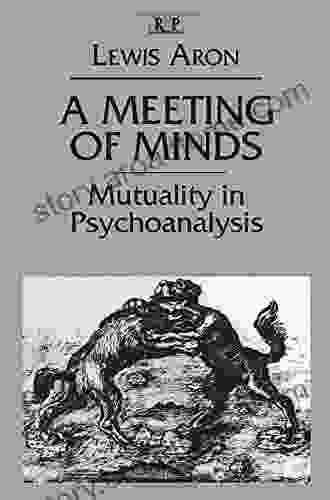
 Grayson BellMeeting of Minds: A Journey Through the Conversations of History's Greatest...
Grayson BellMeeting of Minds: A Journey Through the Conversations of History's Greatest...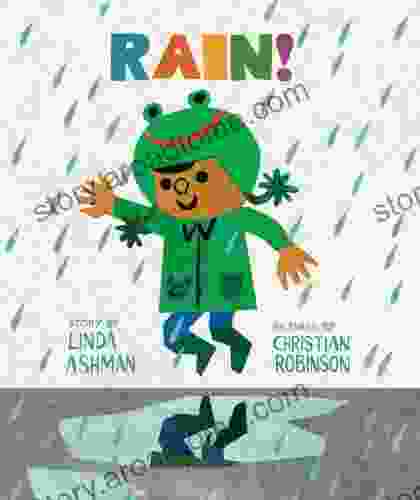
 Cormac McCarthyRain by Linda Ashman: A Haunting and Atmospheric Novel of Trauma, Memory, and...
Cormac McCarthyRain by Linda Ashman: A Haunting and Atmospheric Novel of Trauma, Memory, and... Chandler WardFollow ·8.8k
Chandler WardFollow ·8.8k Jayson PowellFollow ·2.6k
Jayson PowellFollow ·2.6k Joe SimmonsFollow ·13.4k
Joe SimmonsFollow ·13.4k Harry CookFollow ·14.3k
Harry CookFollow ·14.3k Art MitchellFollow ·8.5k
Art MitchellFollow ·8.5k Yasunari KawabataFollow ·8.4k
Yasunari KawabataFollow ·8.4k Jeffrey HayesFollow ·9.5k
Jeffrey HayesFollow ·9.5k Mikhail BulgakovFollow ·16.9k
Mikhail BulgakovFollow ·16.9k

 E.M. Forster
E.M. ForsterThe Real Blueprint to Short-Term Rental Success
Are you ready to create a...
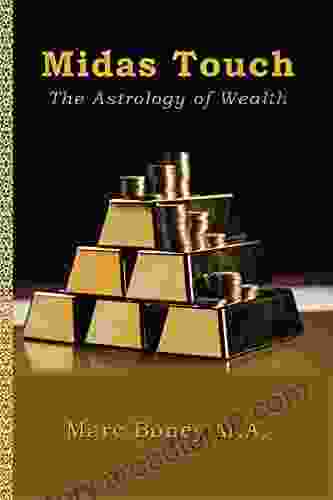
 Mark Mitchell
Mark MitchellMidas Touch: The Astrology Of Wealth
Are you ready to tap into the cosmic forces...
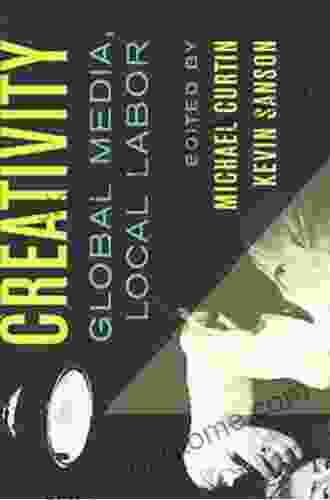
 Grant Hayes
Grant HayesPrecarious Creativity: Unpacking the Global Media and...
In the ever-evolving landscape of the...
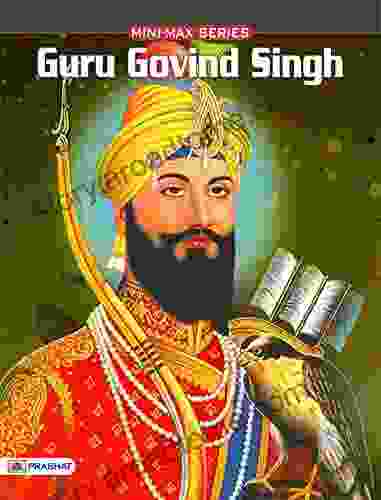
 Cameron Reed
Cameron ReedGuru Govind Singh: A Life of Courage and Inspiration for...
Guru Govind Singh, the tenth Sikh guru,...

 Yukio Mishima
Yukio MishimaCastles & Shapes: The Enchanting World of Ris...
In the realm of...
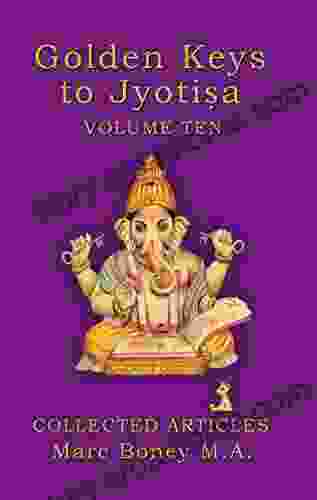
 Jerome Blair
Jerome BlairGolden Keys To Jyotisha Volume Ten: The Ultimate Guide to...
Embark on an...


